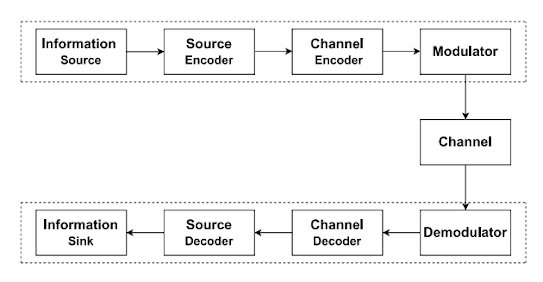Understanding Signals and Modulation

Communication systems rely on signals to transmit information effectively. These signals vary based on frequency and origin , shaping how data is conveyed and interpreted. Types of Signals Signals can be categorized based on their frequency range: Low-Frequency Signals (Below 300 Hz): Found in seismic waves and brain signals. Mid-Frequency Signals (300 Hz – 30 kHz): Includes human voice, music, and standard audio transmissions. High-Frequency Signals (30 kHz – 300 GHz): Used in television, satellite communication, and radar systems. Common Signal Sources and Their Frequency Ranges: Introduction to Modulation Transmission of signals over long distances comes with challenges such as interference and signal degradation . This is where modulation plays a crucial role. What is Modulation? Modulation is the technique of altering a signal to ensure effective transmission. It involves modifying a carrier wave accordin...





